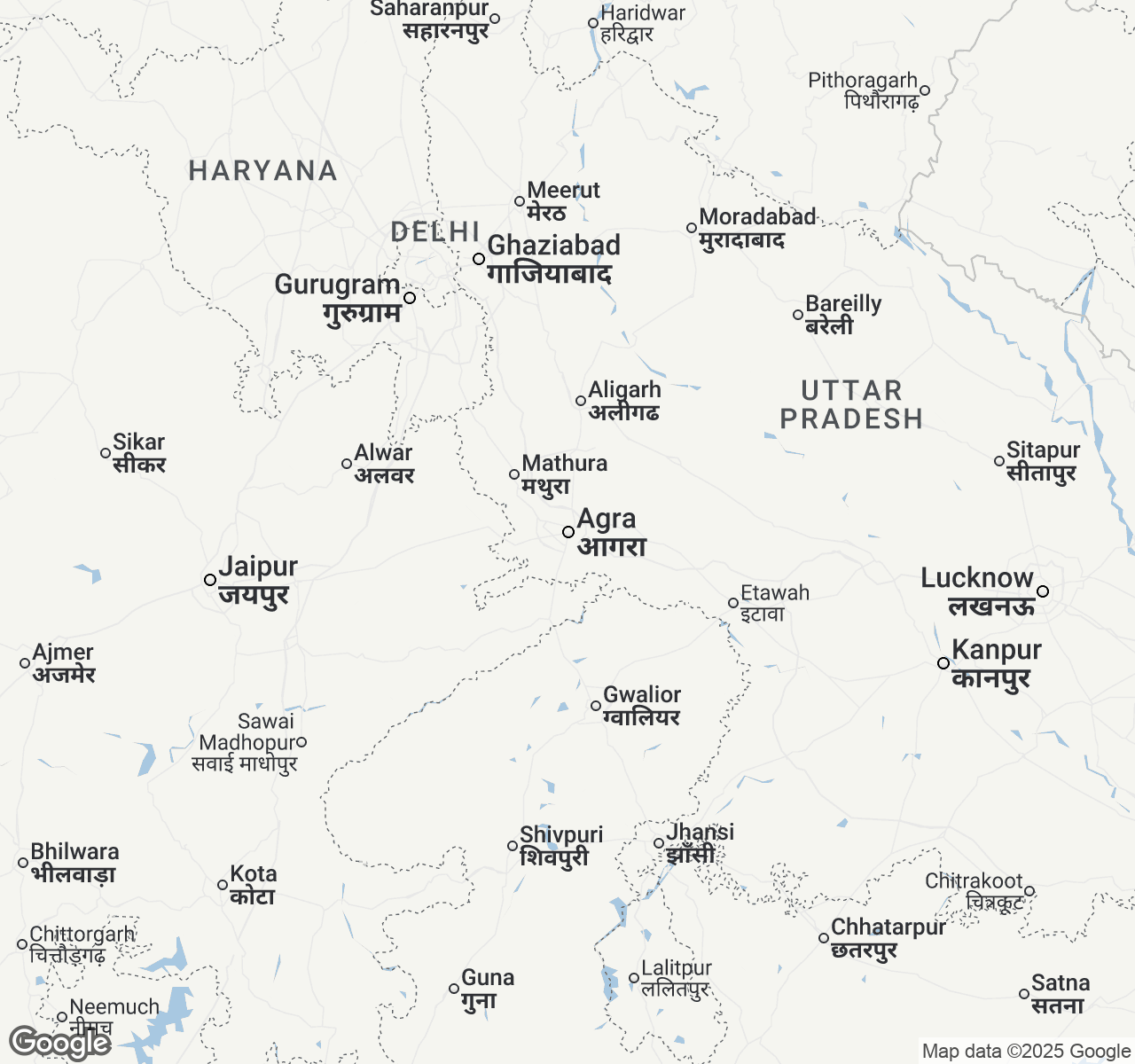
Things to Do in Agra
Discover the best of Agra
Plan Your Trip
Essential guides for timing and budgeting
Top Things to Do in Agra
Discover the best activities and experiences. Book now with our trusted partners and enjoy hassle-free adventures.
Your Guide to Agra
About Agra
Where marble dreams crystallize into eternal reality, Agra stands as a testament to love's most magnificent expression. Here, the Taj Mahal rises like a pearl from the earth, its ivory silhouette shifting from blush pink at dawn to golden amber at sunset, then to ethereal silver under moonlight. But Agra's soul extends far beyond its crown jewel—through the red sandstone corridors of Agra Fort where Mughal emperors once ruled an empire, across bustling bazaars where artisans still practice inlay work passed down through generations, and along the banks of the Yamuna River where pilgrims find solace. The city breathes with the rhythm of history meeting modernity, where street vendors serve steaming parathas in the shadow of UNESCO World Heritage sites, and where every sunrise promises a new perspective on architectural perfection. This is a place that doesn't just showcase beauty—it transforms how you understand it, leaving visitors forever changed by encounters with artistic mastery that has moved hearts for over four centuries.
Travel Tips
Transportation: Book the Gatimaan Express or Shatabdi Express from New Delhi (2-3 hours) for comfortable train travel. Pre-arrange taxi pickup through your hotel to avoid overcharging. Use prepaid taxi counters at railway stations, and always confirm meter usage for local auto-rickshaws.
Money: Carry sufficient Indian Rupees in small denominations (₹10, ₹20, ₹50 notes) as many vendors don't accept cards. ATMs are widely available but may charge foreign transaction fees. Budget ₹2,000-3,000 per day for mid-range experiences including meals and transport.
Cultural Respect: Remove shoes before entering all monuments and cover shoulders/knees. Photography inside mausoleums is prohibited. Avoid pointing feet toward religious structures when sitting. Friday prayers restrict Taj Mahal access until 2 PM—plan accordingly and dress conservatively throughout your visit.
Food Safety: Stick to bottled water and avoid ice in drinks. Choose busy restaurants with high turnover for fresher food. Try local specialties like petha sweets and Mughlai cuisine at established places like Pinch of Spice or Esphahan. Avoid street food initially until acclimatized.
When to Visit
October through March offers ideal weather with temperatures ranging 8-25°C (46-77°F), making this peak season with hotel prices 40-60% higher. November-February provides crystal-clear skies perfect for Taj Mahal photography, while March brings pleasant warmth before summer heat. April-June sees scorching temperatures reaching 45°C (113°F) with intense sun making monument visits challenging, but accommodation costs drop 30-50%. The monsoon season (July-September) brings 600-800mm rainfall, creating dramatic skies but potential flooding and limited outdoor activities—budget travelers benefit from 40% lower prices. October coincides with Dussehra celebrations and Diwali (October/November), adding cultural richness but requiring advance bookings. Winter months (December-January) can be surprisingly cold with morning fog, but afternoons remain perfect for sightseeing. Photography enthusiasts should visit November-February for optimal lighting conditions. Budget travelers should consider April-May or monsoon months, accepting weather compromises for significant savings. First-time visitors benefit most from November-March despite higher costs, ensuring comfortable exploration of outdoor monuments and optimal Taj Mahal experiences during the golden hours of sunrise and sunset when the marble's famous color transformations are most dramatic.

Agra location map